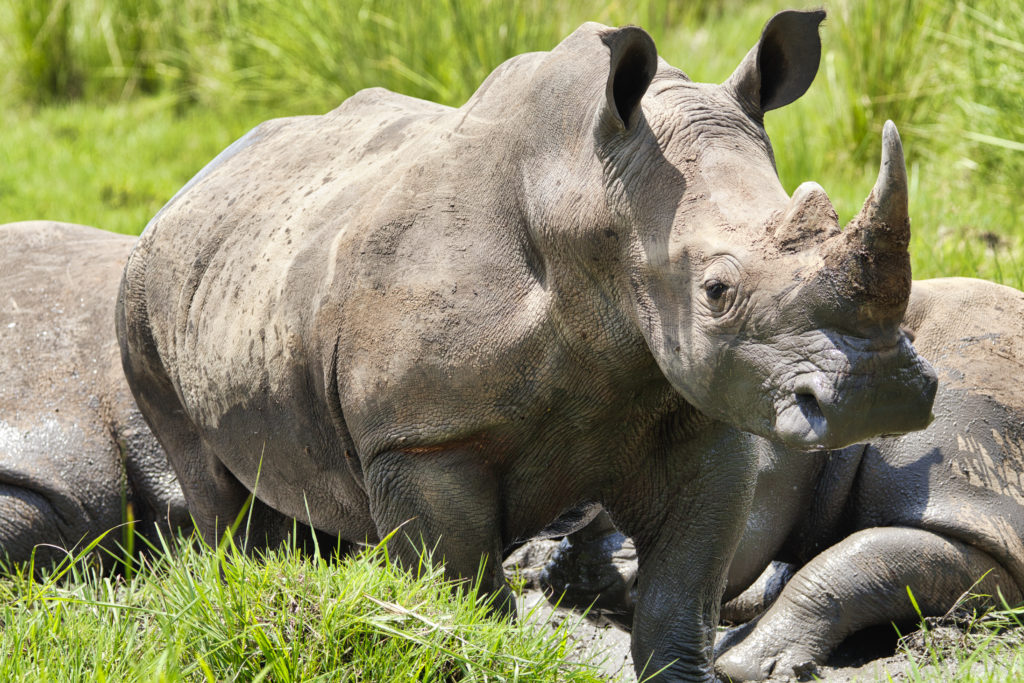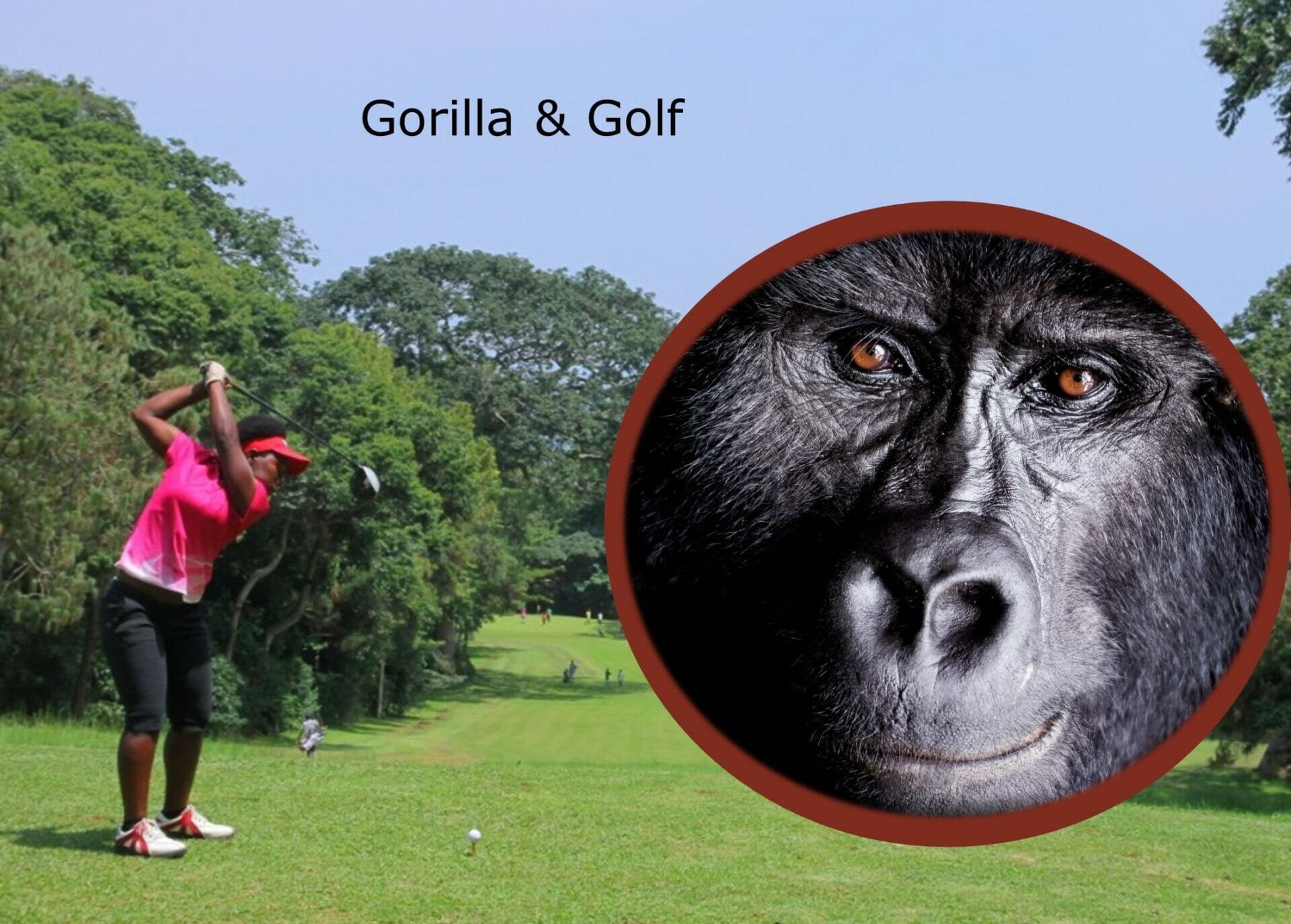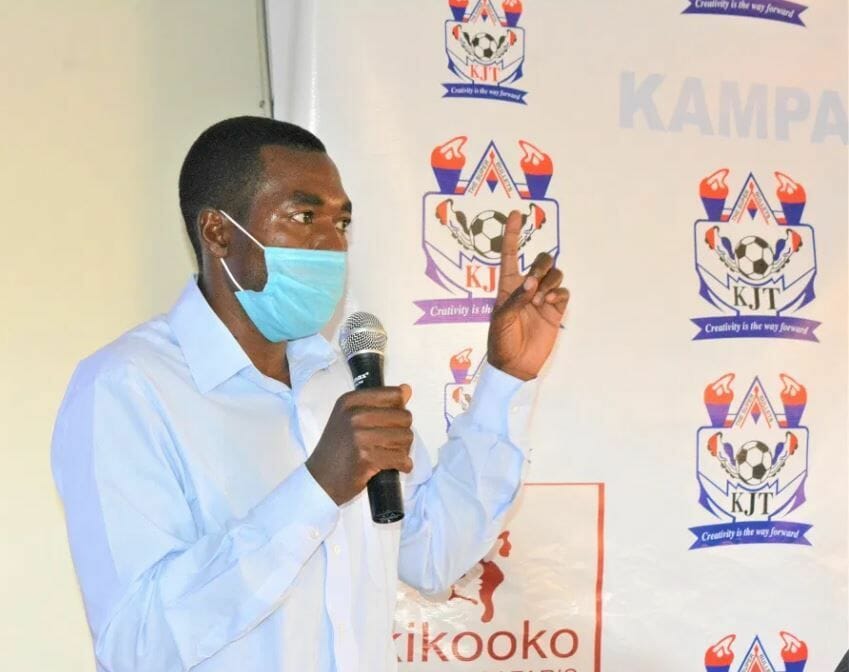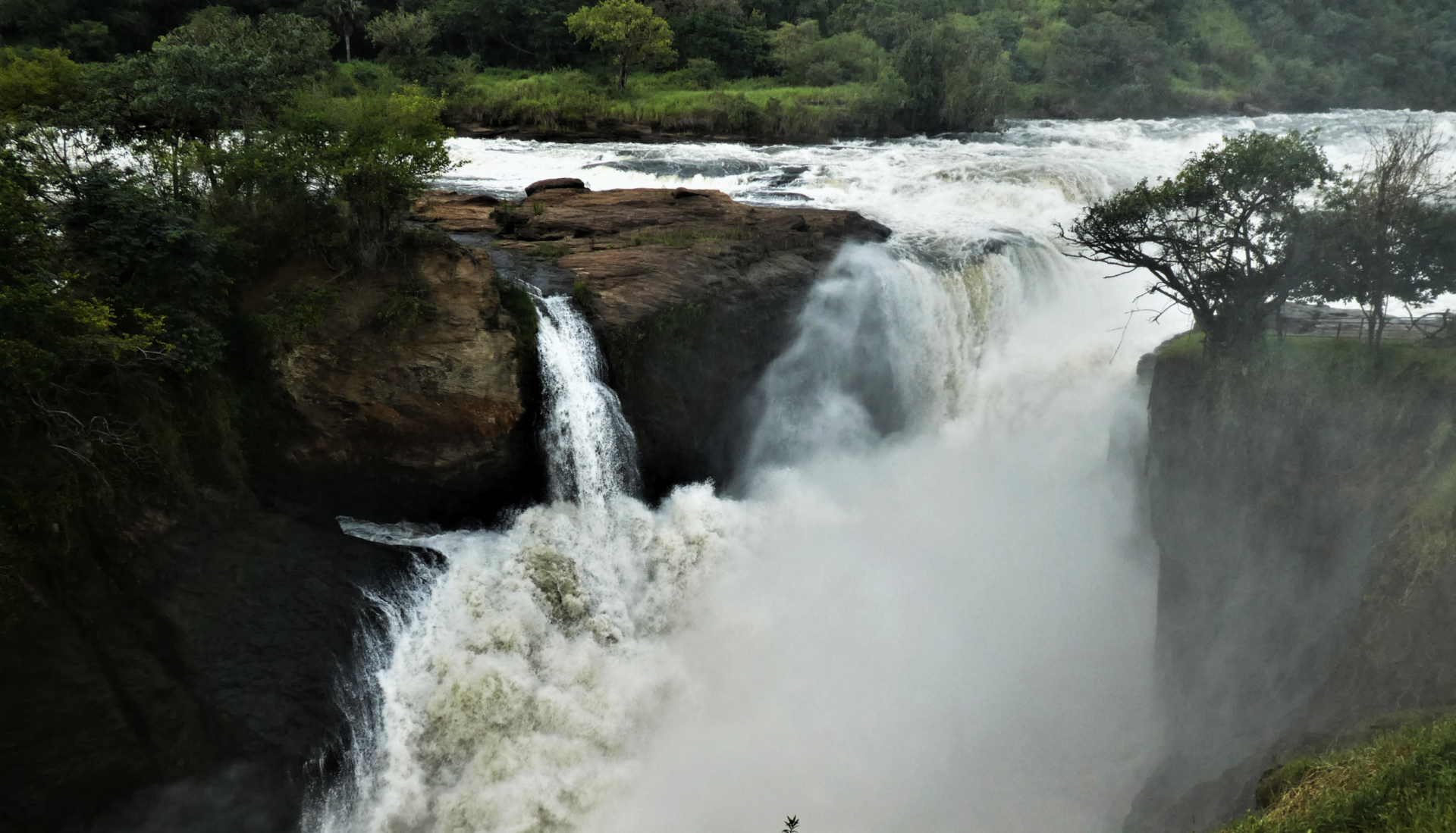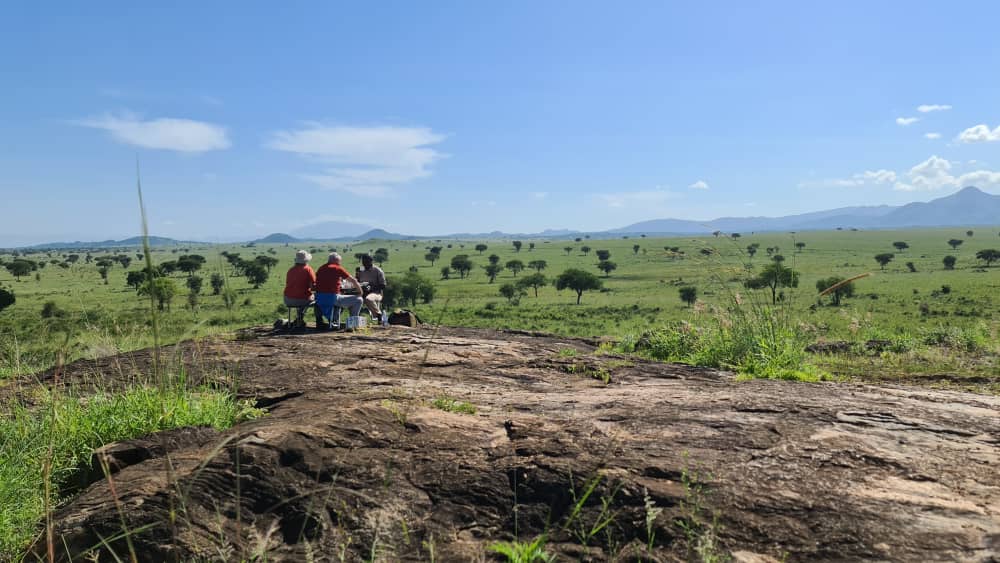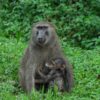2024 Mountain Gorilla Permit Prices in Uganda, Rwanda, and DRC
Having the most updated information on mountain gorilla permit prices for tracking mountain gorillas is key to making a comprehensive budget for your next trip to East Africa.
Gorilla tracking is an incomparable jungle adventure, not only because of the mountain gorilla’s poignant eyes but also because it presents a chance to be close to one of the few species that most closely resembles our own.
Before you can experience this singular thrill of wading through such a verdant environment, chopping through underbrush before finally coming across these incredible animals, you need to plan.
And that planning for your next mountain gorilla tracking adventure starts with choosing a country. For families looking forward to planning a trip with their kids, it’s worth remembering that the minimum age to do this adventure is 15. For a list of mountain gorilla facts to get you excited about your Uganda gorilla tracking adventure, check out our list here.
Now, when it comes to choosing where to indulge in this experience, there are only three countries: Uganda, Rwanda, and the Democratic Republic of Congo.
Last updated: March 24, 2024
Gorilla Tracking or Gorilla Trekking
These two terms are often used interchangeably. Gorilla tracking refers to the idea that the rangers are tracking the gorilla families. As they are regularly moving through the forest to find fresh food, each gorilla tracking experience is different.
Gorilla trekking can refer to the idea that we do a hike or trek to get to the gorilla families, as we need to find our way through the dense forest and the gorilla families are in regular movement.
Still, because the gorilla families are in regular movement, we believe tourists are part of the tracking experience, too.
Gorilla Tracking in Uganda
Uganda is one of only three global destinations where you can enjoy meeting mountain gorillas. In fact, Uganda has more than half of the existing population of mountain gorillas spread over two beautiful parks. Of the 18 known mountain gorilla families in Uganda, 17 are found in Bwindi Impenetrable National Park and one in Mgahinga Forest.
In Bwindi, there are four tracking sites: Ruhija, Buhoma, Nkuringo and Rushaga. Each site has several gorilla families, each identifiable by a unique family name.
Best season for gorilla tracking in Uganda
Bwindi is a compact rain forest that tends to be more difficult to navigate in the rainy season due to muddy, slippery slopes. Therefore, the best time to visit is the dry season between June and August and January to February
Permits and prices for tracking in Uganda
According to Uganda Wildlife Authority (UWA), a gorilla tracking permit in Uganda is $800 per person. One hour entails tracking, viewing and photographing the fully habituated mountain gorilla families in either Bwindi forest or Mgahinga Gorilla National Park.
However, tourists that want to enjoy a more exclusive time in the company of the gorillas can opt for Gorilla Habituation permits that cost $1500 per person. In this case, tourists with desires to research or study the animals are grouped in groups of four to embark on the scintillating journey.
The Gorilla Habituation permits are only done in Uganda and guarantee a day of tracking and three hours in the company of a wild mountain gorilla family in either Rushaga or Nkuringo in Bwindi Forest.
Gorilla Tracking in Rwanda
The immeasurable feeling of having the company of gorillas in the wild is quite a unique one. Most tourists who leave the escapades in Virunga Massif believe the experience to be life-changing. Rwanda has even bolstered its tourism campaign over the past 4 or 5 years with a well-structured team of experts to see you through your gorilla tracking trip.
Rwanda has at least 1,000 mountain gorillas, with 604 in Virunga Massif. There are 12 gorilla families staying in the Volcanoes National Park, fully habituated and a few others habituated for scientific research. Each group or family consists of at least one silverback and several females and younger ones.
Best season for gorilla tracking in Rwanda
The best season to go gorilla tracking in Rwanda is between June and September because it is peak season and the most prolonged dry spell. In addition, the season means easy movement to the parks, and hiking trails aren’t slippery or muddy.
If you want a less crowded season with similar weather patterns, then book your trip between December and February with an extra incentive to catch the birding season.
Permits and prices for tracking in Rwanda
With only eight permits issued per family every day, an encounter with gorillas in Rwanda is intimate. However, there are only 96 permits issued every day and booking in advance either online or via a trusted tour company may be the best course of action.
A permit to track gorillas in Rwanda is processed depending on what you intend on doing. A traditional permit costs $1500 per person. Tourists are clustered in a group of eight members to track and spend one hour viewing and photographing a fully habituated mountain gorilla family in the Volcanoes National Park.
The alternative is the exclusive experience for tourists looking for something relatively private. Here a tourist and their family to the acceptable number of 8 people to form the tracking group are permitted to track a particular gorilla group at the cost of $15,000. The amount includes private guiding services.
Gorilla Tracking in the DRC
Update as of 2022: Currently, mountain gorilla tracking is not available in DRC. Visit Virunga, the official tourism website of the Parc National des Virunga, has the following message:
“Gorilla and Nyiragongo treks are closed until further notice. If you’d like to make a booking for 2023, please contact visit@virunga.org.”
Though it remains closed, we know you may be planning a trip for late 2022 or early 2023, so we are including our original information below. Please keep in mind that you can check with Visit Virunga to confirm the current status of mountain gorilla tracking permits in DRC.
After years of tourist inactivity, Virunga National Park reopened to visitors about ten years ago. There, tourists can enjoy gorilla tracking and Nyiragongo volcano climbs when they visit the park. With gorilla tracking becoming one of the most sought-after tourist activities, Virunga presents a serene private experience like no other.
The park is situated in the eastern part of the Democratic Republic of Congo. Traveling to the national park is quite challenging from most routes except Goma Town, which is just 32 km away. Therefore, many National Park tourists fly to Kigali International Airport before accessing it by road through Gisenyi Town before crossing to Goma using a dirt road.
Tourists from the Ugandan route can access the Bunagana Border post in Kisoro and then take an hour’s drive to the Bukima mountain gorilla tracking starting point. The park also arranges private transport for tourists arriving by air at Goma Airport.
It is important to note that Virunga Massif extends into Uganda and Rwanda. And despite its enormous expanse, there aren’t as many gorillas here as its neighbors. However, those who have visited the park have left with affirmative tales of the Kabirizi gorilla family.
Best season for gorilla tracking in DRC
Located along the equator, DRC is known for its desirable tropical climates. The best season of the year to go gorilla tracking is between May and September, given that this is the longest dry spell of the year.
Permits and prices for gorilla tracking in the Democratic Republic of Congo
Gorilla tracking permits in Congo are cheaper than in Uganda and Rwanda. A permit will cost you about $450 and can even go as low as $200 during the low season (Between March 15th and May 15th and then between October 15th and December 15th) for non-resident tourists. Tourists can hire a porter at around $25 per track to carry their property.
–
Beyond gorilla tracking, each of these countries offers a number of unique experiences. If you’re looking for a helping hand planning your next trip to East Africa, we encourage you to get in touch with our team of travel specialists at Kikooko Africa Safaris.

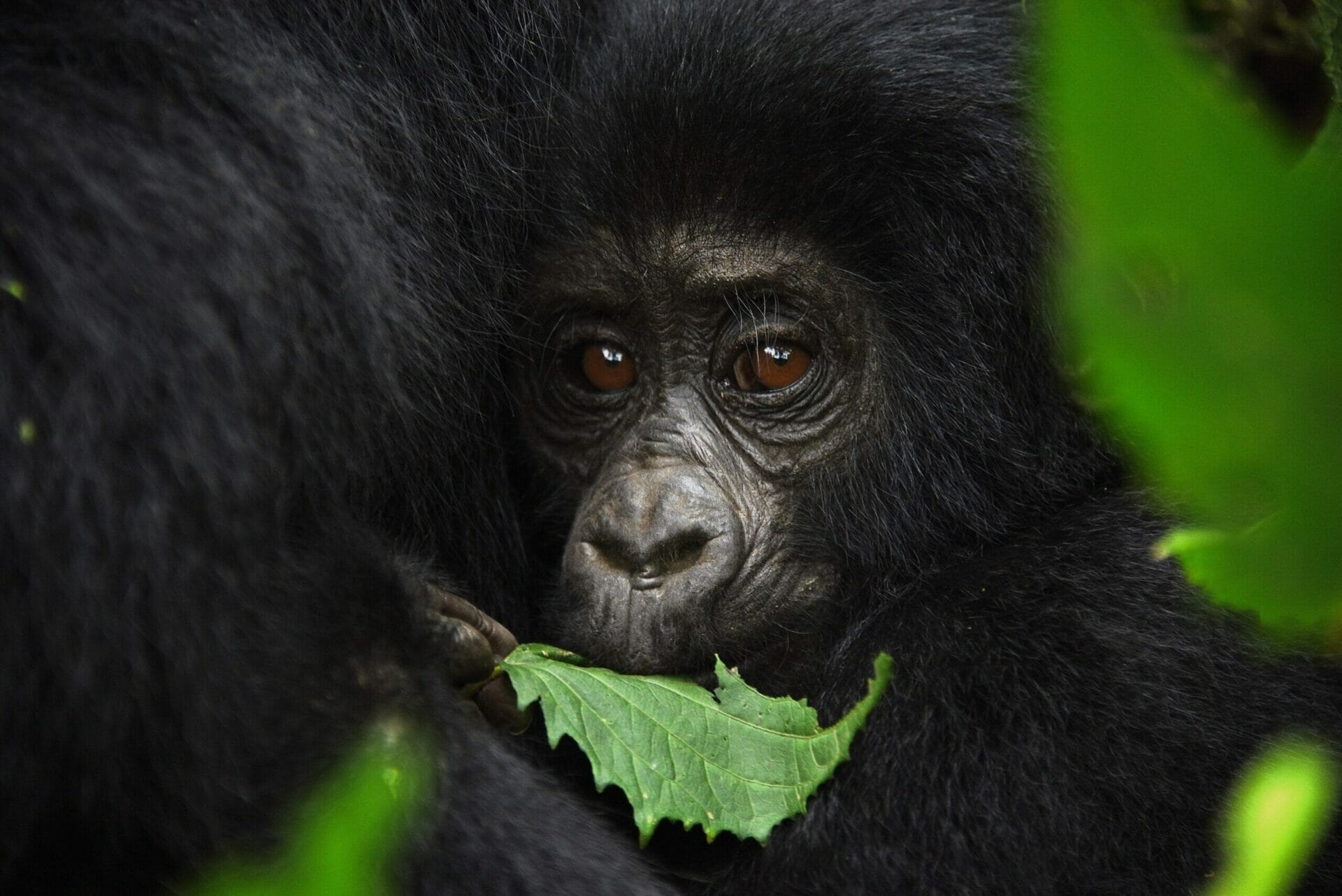
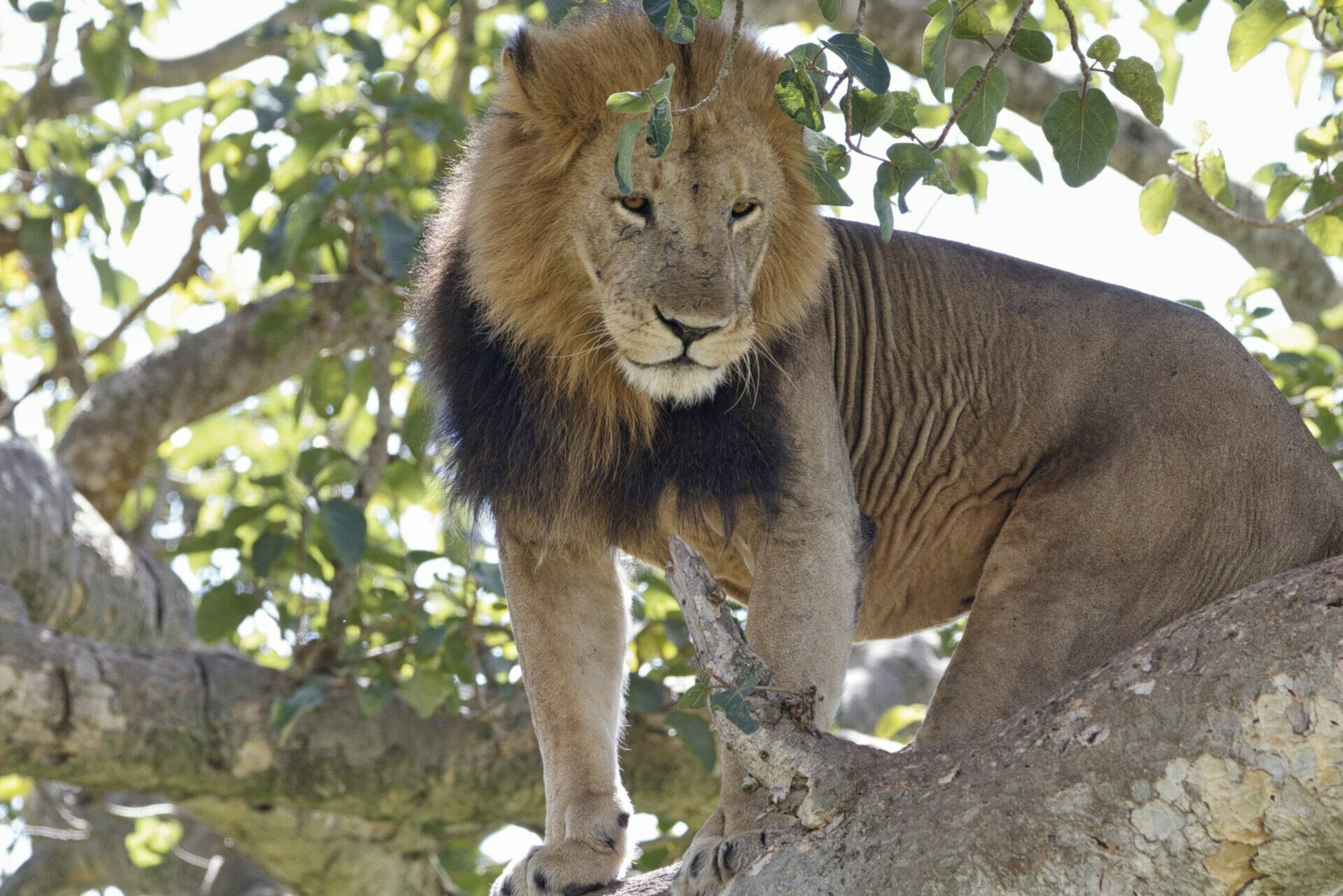
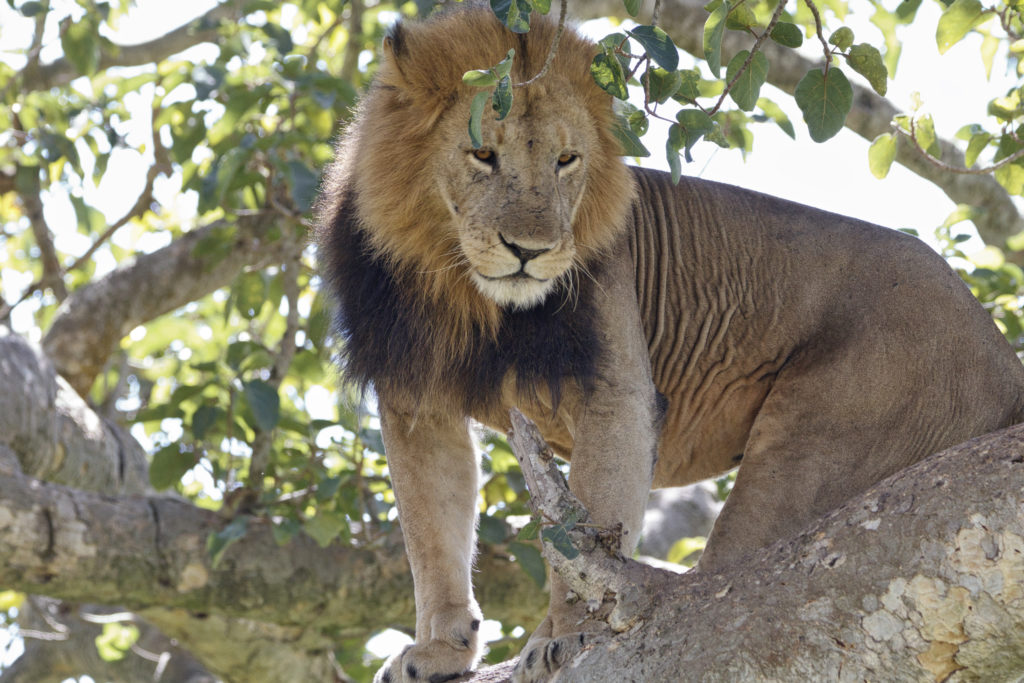
 The most elusive Big 5 animals, leopards, are scarce. Tourists who encounter these in-game drives are pretty fortunate. It’s also why it’s rare to find a tour operator who can give you a 100% guarantee to see every animal on the list. Leopards make habitats of rocky landscapes although they are also very adaptive and have been found in other areas. They love hunting at night and spend most of the day resting in tree branches.
The most elusive Big 5 animals, leopards, are scarce. Tourists who encounter these in-game drives are pretty fortunate. It’s also why it’s rare to find a tour operator who can give you a 100% guarantee to see every animal on the list. Leopards make habitats of rocky landscapes although they are also very adaptive and have been found in other areas. They love hunting at night and spend most of the day resting in tree branches. And whereas the African elephant is the biggest of the land animals, it is the most threatened by poachers thanks to its tusks which have a lucrative ivory business. Elephants are inherent to 37 countries on the African continent and are reported to be over 415,000 in the world. But, unfortunately, it is said that about 8% of that number is poached every year.
And whereas the African elephant is the biggest of the land animals, it is the most threatened by poachers thanks to its tusks which have a lucrative ivory business. Elephants are inherent to 37 countries on the African continent and are reported to be over 415,000 in the world. But, unfortunately, it is said that about 8% of that number is poached every year. 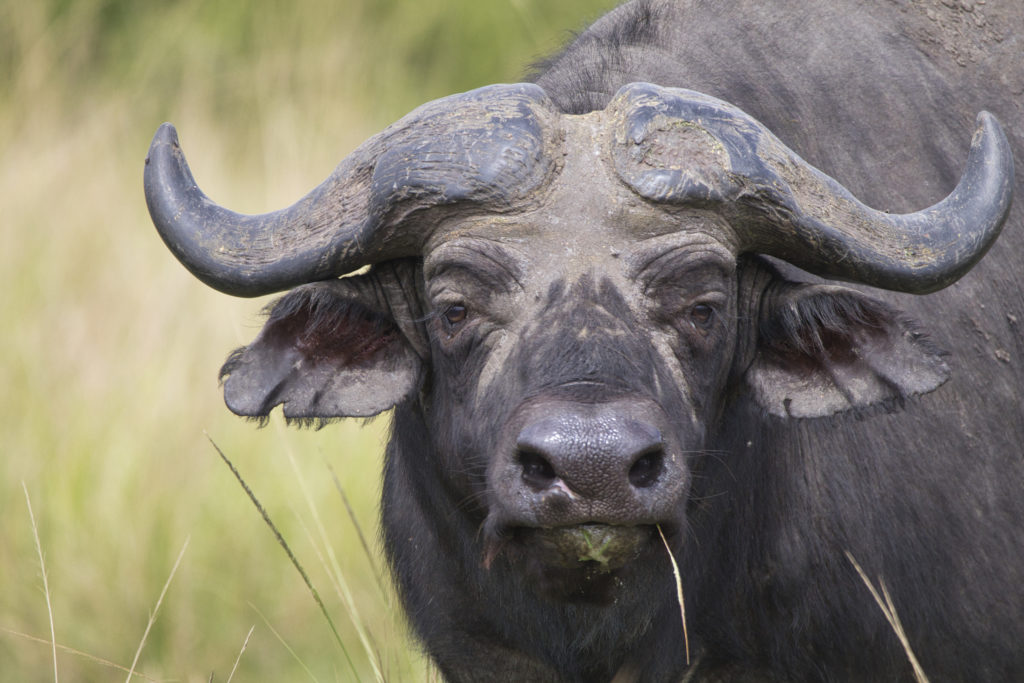 Nicknamed the “The Widowmaker,” the Cape buffalo was once considered the hardest to hunt in the Big 5 due to its unpredictable behavior. And unlike the other members of the Big 5, the Cape buffalo will fight off most of its predators.
Nicknamed the “The Widowmaker,” the Cape buffalo was once considered the hardest to hunt in the Big 5 due to its unpredictable behavior. And unlike the other members of the Big 5, the Cape buffalo will fight off most of its predators. 